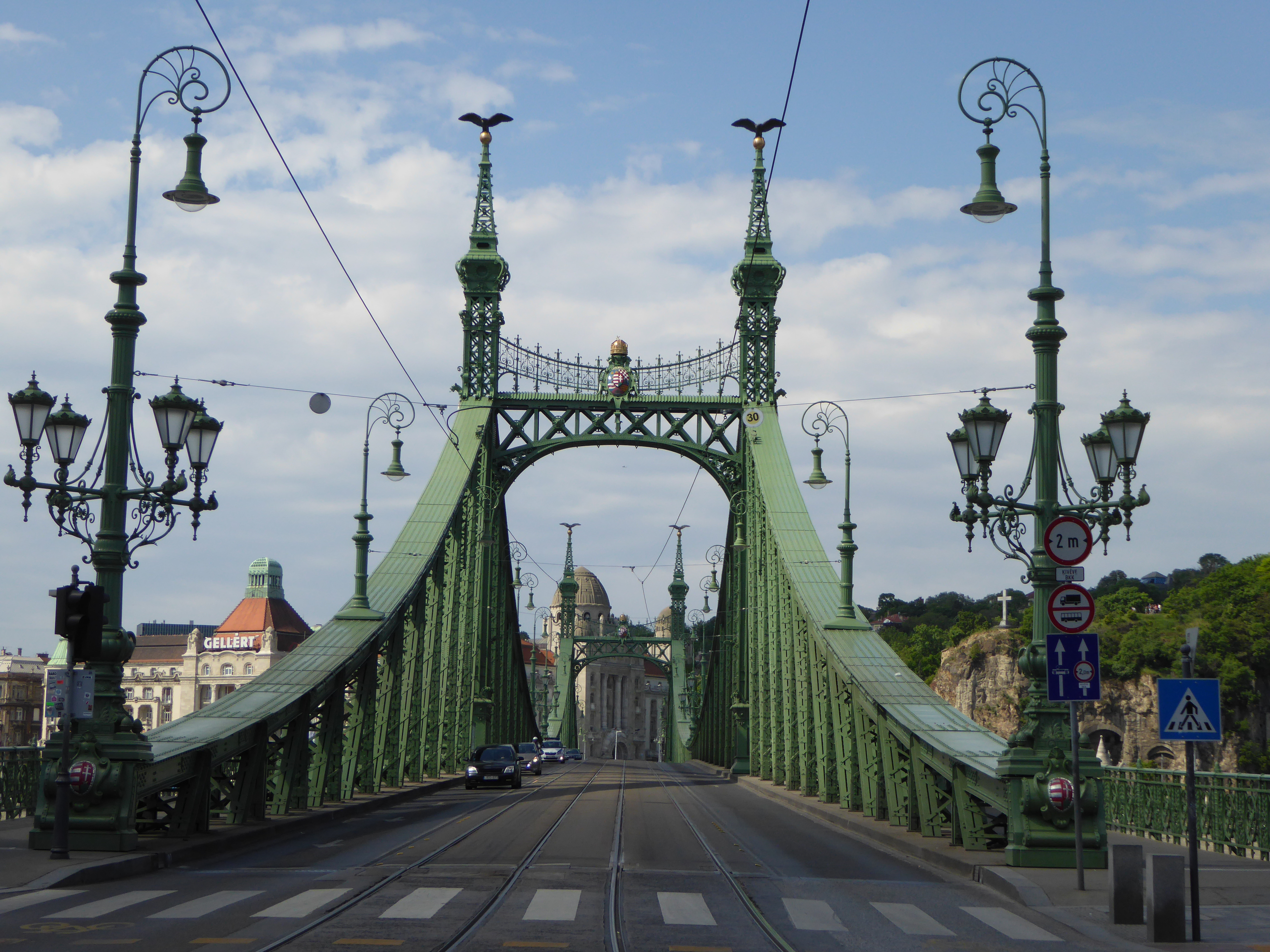FINANCE AND INDUSTRIAL INVESTMENT IN THE HABSBURG EMPIRE

Sparkasse Karlsbad, Bohemia
Industrialisation and the industrial boom in Cisleithania, the western part of the “Dual Austro-Hungarian Monarchy”, boosted the confidence of Austrian liberalism, while the crash of 1873 weakened it again considerably. The Gründerzeit (literally: founding time) resulted from a combination of several factors, a mushrooming financial sector willing to invest in the economy, an expanding rail network making demands on the iron industry and technical innovation in various coal-consuming industries, all of this interacting to produce an economic leap forward. As in the 1850s the railway expansion spurred financial innovation, the Gründerzeit was characterised by a blossoming of banking institutions. After the financial crisis of 1857/58 most private bankers experienced a serious downturn, but finance grew again from 1867, the founding of the dual monarchy, via the multiplication of joint stock banks through the established Creditanstalt, associated with Anselm Rothschild, and the Niederösterreichische Escomptegesellschaft. Utilising high profits, the banks helped sponsor the growth of joint stock companies, 1005 of which received charters in the years 1867-73. Vitkovice, controlled by Rothschild, led the way in the adoption of the Bessemer process by the monarchy’s major iron works by 1870, along with puddling, the rolling mill and increasingly the use of coke instead of charcoal. Chief among them was the Bohemian Iron Company, centred at the coal-mining town of Kladno near Prague, which had emerged from the amalgamation of three predecessors in 1857. The coal production received a powerful impetus from technical innovations in a series of industries in the 1860s, like flour milling, sugar refining, paper making and of course the textile industry.…

